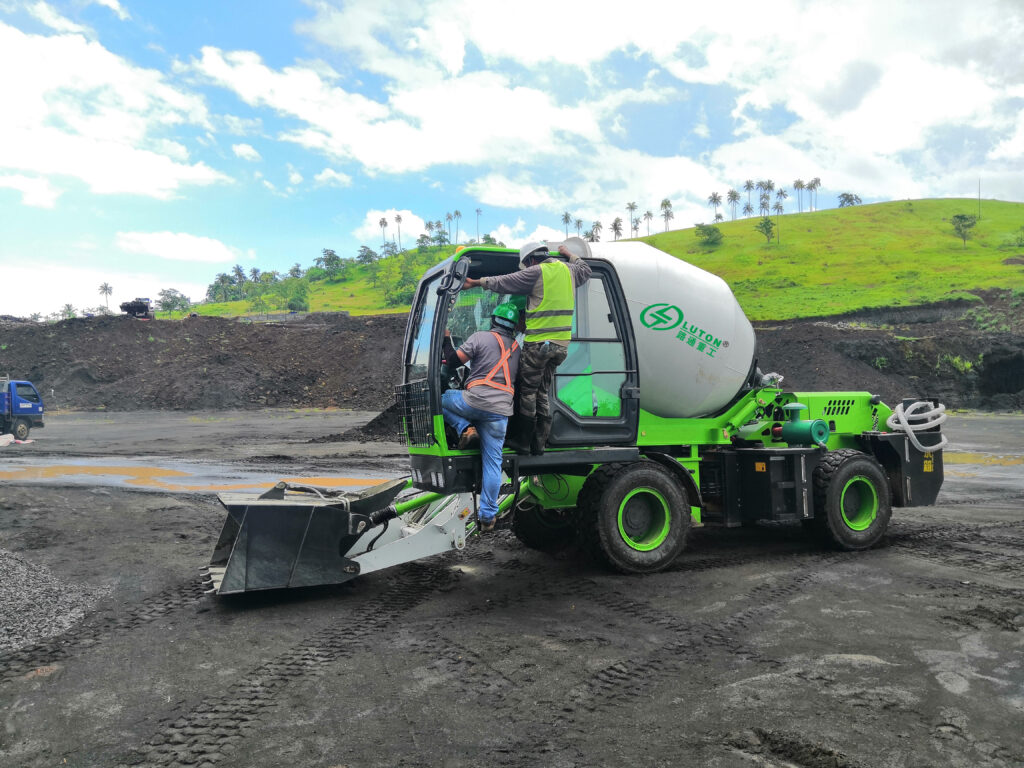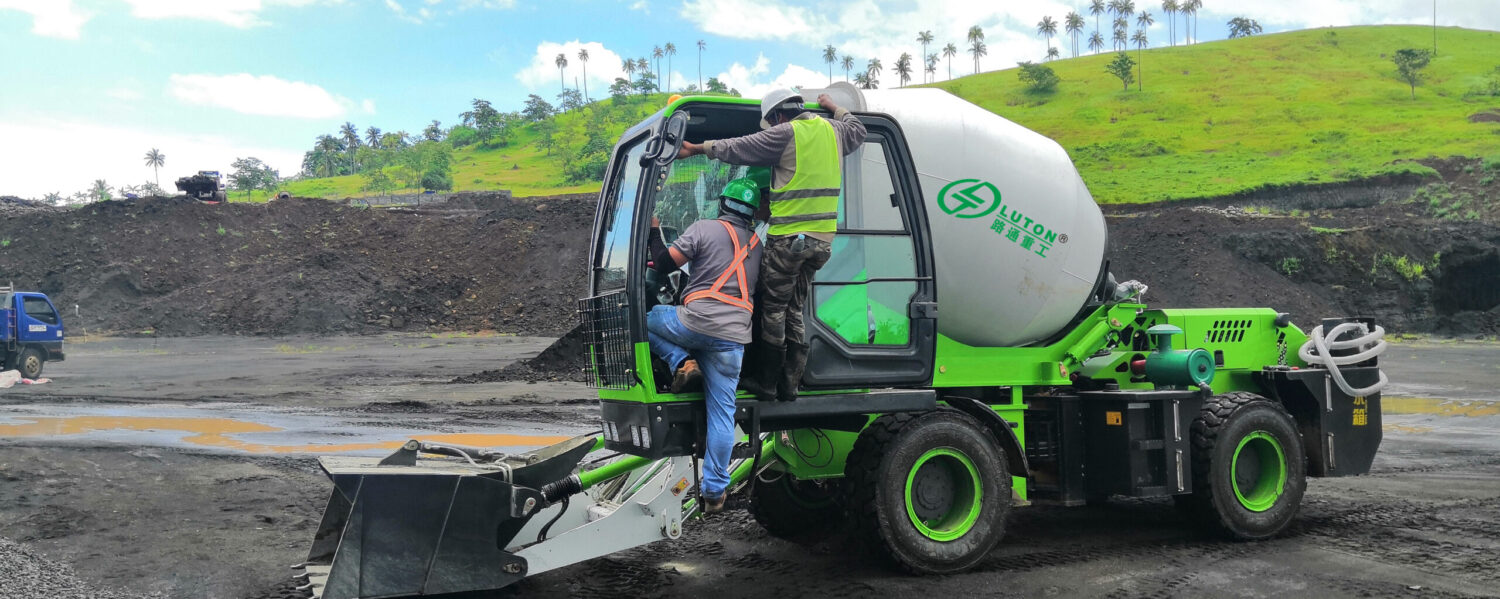The core of hydraulic technology is to use the principle of static pressure transmission to transfer energy and control it using liquid as the working medium. Specifically, hydraulic pumps convert mechanical energy into pressure energy of liquids, transmitting energy through changes in liquid pressure energy. This energy transfer is carried out through various control valves and pipelines, and with the help of hydraulic actuators (such as hydraulic cylinders or motors). The liquid pressure energy is converted back into mechanical energy, thereby driving the working mechanism to achieve linear reciprocating or rotary motion. These characteristics of hydraulic technology make it play a crucial role in modern transmission and control, especially in situations where large-scale infinite speed regulation, high intelligence, and lightweight mechanical function are required.

However, hydraulic technology also faces some challenges, such as relatively low transmission efficiency, high probability of faults caused by oil pollution or friction pair wear, and the nonlinear characteristics of hydraulic transmission and the coupling of internal multiple physical fields making information extraction more difficult. These issues limit the application and in-depth development of hydraulic technology in certain fields.
The key components of hydraulic systems include hydraulic pumps, hydraulic valves, hydraulic cylinders, hydraulic motors, oil tanks, oil pipes, etc. They work together to achieve various functions of the hydraulic system. The design and optimization of hydraulic systems are important ways to improve the performance and application range of hydraulic technology.
So, the core of hydraulic technology lies in its energy transmission and control methods. Through precise and efficient hydraulic system design, mechanical functions can be made lightweight, scientific, and maximized. At the same time, it is also necessary to pay attention to and address the challenges faced by hydraulic technology in order to promote its sustainable development and widespread application.
The technical core of the hydraulic system of the concrete self feeding mixer truck is mainly reflected in its precise and efficient control of the working efficiency of the mixer truck. The hydraulic system is mainly composed of hydraulic oil tank, hydraulic pump, hydraulic motor and other components. Its main function is to control the energy conversion of the engine, achieve the rotation of the mixing drum and optimize the mixing effect.
The design and performance of the hydraulic system directly affect the output efficiency and concrete quality of the mixer truck. For example, the hydraulic system adopts a constant power variable piston pump, which can reduce the power loss of the engine and improve energy utilization efficiency. At the same time, the hydraulic motor drives the mixing drum to rotate through a dedicated planetary reducer. The output shaft of the planetary reducer can swing at a certain angle to meet the jumping of the mixing drum under harsh road conditions and ensure the stability of the mixing process.
There are also many types of self loading concrete mixers available on selfloadingconcretemixer.com
In addition, the hydraulic system also plays a crucial role in the automatic loading and unloading process of the mixer truck. Through computer control, the hydraulic system can accurately control the speed and quantity of loading and unloading, ensuring the uniformity and quality of concrete.
Therefore, the core technology of the hydraulic system of the concrete self feeding mixer truck lies in its efficient and stable energy conversion and precise control ability, which ensure the efficiency of the mixer truck during operation and the quality of concrete.
The technical characteristics of the hydraulic system of the concrete self loading mixer truck are mainly reflected in the following aspects:
Efficient and stable energy conversion
The hydraulic system can effectively convert the energy of the engine into mechanical energy, driving the mixing drum and other related components to work. This energy conversion method is efficient and stable, ensuring that the concrete self loading mixer truck can maintain efficient operation in various working environments.
Accurate control performance
The hydraulic system achieves precise adjustment of parameters such as the rotation speed and stirring force of the mixing drum by precisely controlling the flow rate, pressure, and direction of hydraulic oil. This precise control performance ensures the uniformity and quality stability of concrete during the mixing process.
Flexibility and adaptability
The hydraulic system has good adaptability and adjustability, and can be adjusted according to different work needs and road conditions. For example, the output shaft of a planetary gearbox can swing at a certain angle to adapt to the jumping of the mixing drum under harsh road conditions.
High reliability
The hydraulic system adopts high-quality materials and advanced manufacturing processes, ensuring the stability and reliability of the system. Meanwhile, reasonable system design and maintenance measures have also extended the service life of hydraulic systems.
High degree of automation
The hydraulic system of the concrete self loading mixer truck is usually combined with the electrical system to achieve automated control. Through computer control, actions such as feeding, stirring, and unloading can be automatically completed, improving work efficiency and operational convenience.
In summary, the technical characteristics of the hydraulic system of the concrete self feeding mixer truck are reflected in efficient and stable energy conversion, precise control performance, flexible adaptability, high reliability, and high degree of automation. These characteristics together ensure the efficiency, stability, and quality of concrete of the mixer truck during operation.
